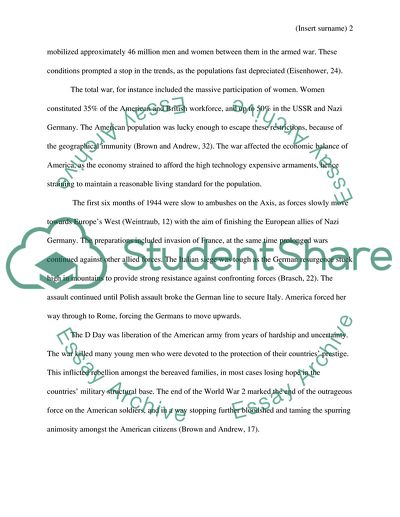Cite this document
(“Was D-day a turning point for America during WW2 Research Paper”, n.d.)
Was D-day a turning point for America during WW2 Research Paper. Retrieved from https://studentshare.org/history/1687426-was-d-day-a-turning-point-for-america-during-ww2
Was D-day a turning point for America during WW2 Research Paper. Retrieved from https://studentshare.org/history/1687426-was-d-day-a-turning-point-for-america-during-ww2
(Was D-Day a Turning Point for America During WW2 Research Paper)
Was D-Day a Turning Point for America During WW2 Research Paper. https://studentshare.org/history/1687426-was-d-day-a-turning-point-for-america-during-ww2.
Was D-Day a Turning Point for America During WW2 Research Paper. https://studentshare.org/history/1687426-was-d-day-a-turning-point-for-america-during-ww2.
“Was D-Day a Turning Point for America During WW2 Research Paper”, n.d. https://studentshare.org/history/1687426-was-d-day-a-turning-point-for-america-during-ww2.


